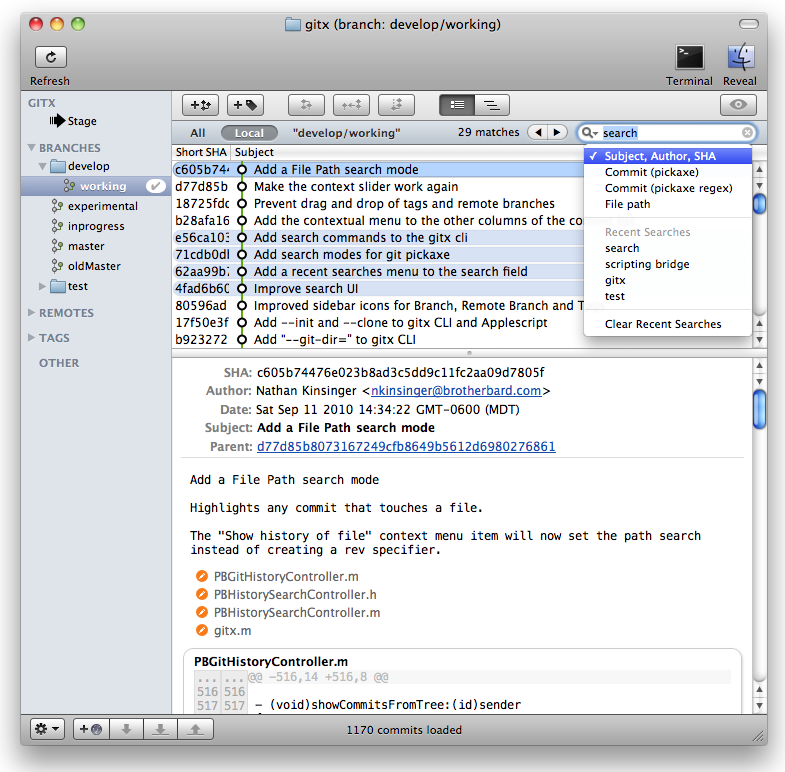

This operation can be performed by cloning the remote repository. If the remote repository is populated with files the first step is to get a snapshot of your remote repository on your local machine, so that you will get a working copy on your machine. Right now the remote repository has the same contents as you local repository. When everything is committed in the local repository you simply push the files into the remote repository.

The local repository has the same structure as the remote repository. If the remote repository is empty (not populated with files yet) you have to add the files you want in your project from your workspace to the local index (keeps a record of repository files, also called stage) and then commit them to the local repository. Git is a fully distributed version control system, widely used because of its speed, efficiency in handling large projects and the powerful branching mechanism which ensures a good management of many parallel branches.Īssuming you have a repository (empty or not) on a remote server accessible via Internet or a local network. The generic architecture of a distributed version control system: The core of the version control system is the repository.


 0 kommentar(er)
0 kommentar(er)
